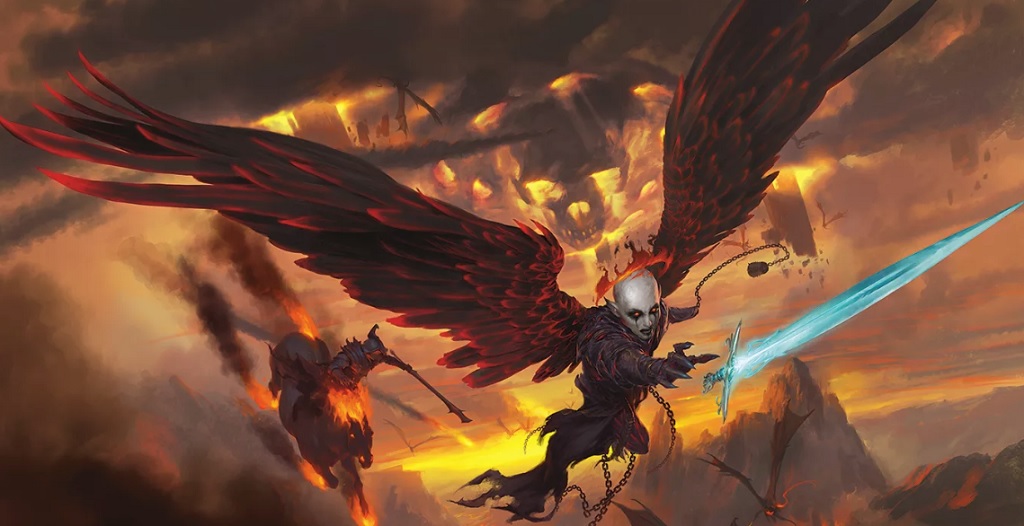- Joined
- Jan 28, 2011
- Messages
- 97,437















Remember this guy? He used to make videos, now he blogs on Shamus Young's website. Mostly about non-Codex relevant topics, until now.
https://www.shamusyoung.com/twentysidedtale/?p=47487
I can't wait to see how much this pisses Lilura off.
https://www.shamusyoung.com/twentysidedtale/?p=47487
Baldur’s Gate III

I was expecting many things to happen in the year of Our Lord 2019, but the announcement of a third entry in the Baldur’s Gate series was not one of them. After all, the last entry in the series, the Throne of Bhaal expansion, is now old enough to buy cigarettes in most states. There was said to be a third game in the series planned back in 2003[1], but it was never made, and is now consigned to the history’s what-if pile alongside a third Black Isle Fallout[2]. Since then, Beamdog (developer of the BG and BG2 enhanced editions) has occasionally made noises about making a sequel, but their resources were never equal to the task.
But lo, it has returned. A franchaise last seen in 2001. That was a whole different era. Having Baldur’s Gate III announced at this late hour makes me feel unmoored from linear time. It’s like if Al Gore ran for president, or Phil Jackson suddenly announced he was getting Shaq and Kobe back together again. For RPG fans of a certain age, Baldur’s Gate is one of the four gospels of the Infinity Engine era, along with the two Fallouts and Planescape: Torment.

I know this much: if I can't romance a Mind Flayer, the game will be an unmitigated failure.
What’s more, it’s to be made by Larian Studios, a developer with both a strong pedigree and a healthy reserve of audience goodwill. Given all that, I should be more excited than I am. That’s probably partly down to the lack of gameplay footage, or indeed any kind of information at all[3], but it’s also down to three questions:
The fanboy in me answers all three of the questions with an enthusiastic “yes!”, but the cranky old goat in me craves longer and more detailed answers. My attempts to find those answers will be the subject of this upcoming Saturday series of posts. Of course, they can’t be answered with a simple yes or no, but that doesn’t mean they can’t be answered at all.
- Is the Baldur’s Gate series as good as everyone remembers it being?
- Is Larian the right developer for this game?
- Is today’s world as interested in Baldur’s Gate III as we think it is?

Art from the planned tabletop prequel campaign, called 'Descent into Avernus.'
Answering each is also best accomplished by looking at certain games: the Baldur’s Gate series, the Divinity: Original Sin series, and the Pillars of Eternity series, which is closest thing to a “modern” Baldur’s Gate to be found. So thorough and detailed will be my analyses that at the end of the series, I will successfully predict BG3’s metacritic score to within a margin of error of three points.[4]
As luck would have it, I was planning to replay the series before the E3 announcement, and am currently polishing off the last bits of BG2 and getting my opinions on it in a row. Next week we’ll start with that. There’s also the possibility that in the course of writing this series new information about the upcoming game will come to light – if so, I can cover that as well. See you soon.
I can't wait to see how much this pisses Lilura off.








![Glory to Codexia! [2012] Codex 2012](/forums/smiles/campaign_tags/campaign_slushfund2012.png)






















